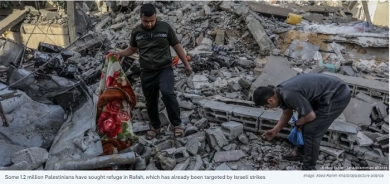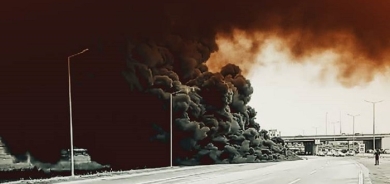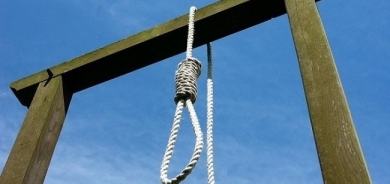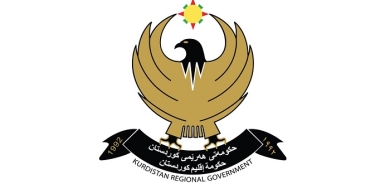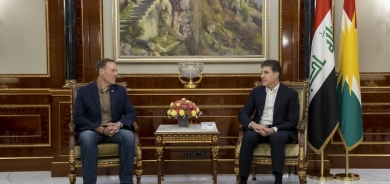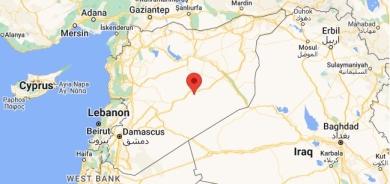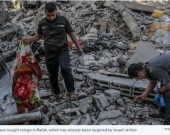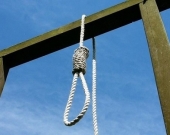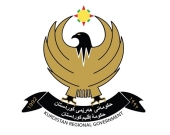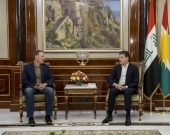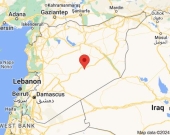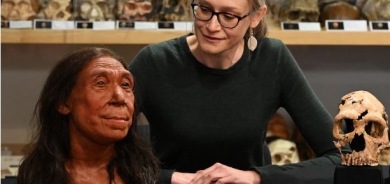Arrests and Intimidation Follow Release of Kurdish Music Video in Iran's North Khorasan
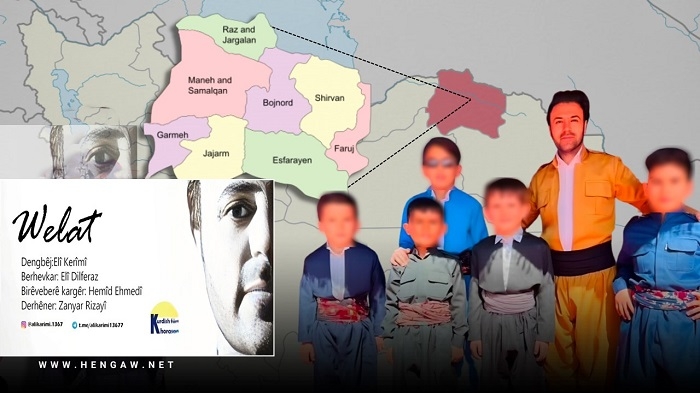
In recent developments, following the dissemination of a video clip titled "Wilat (Homeland)" by Kurdish artist Ali Karimi in North Khorasan province, several individuals connected with its production have been apprehended, while others have been summoned for interrogation.
According to a report from the Hengaw Organization for Human Rights, at least four individuals associated with the creation of the aforementioned Kurdish music video have been arrested. Hasan Taghizadeh, the sound engineer and studio manager, along with producer Ali Delfaraz, production manager Hossein Firouzeh, and camera operator Jalal Barat Zadeh—all from Bojnurd—were detained subsequent to being summoned by local intelligence departments. Furthermore, Taghizadeh Studio in Esfarayen city, where the video was filmed, has been sealed off by Iranian security forces, as evidenced by video footage obtained by Hengaw.
In addition to the arrests, there have been reports of verbal threats directed at Kurdish researcher Kaleem Allah Tawahodi, poet Alireza Sepahi Lauren, and artists Roya Esmaielian and Asmar Hamidi, hailing from Quchan, Shirvan, and Samalqan respectively. These individuals reportedly received warnings from security departments, which have raised concerns within the community.
It is pertinent to mention that Ali Karimi, the Kurdish artist behind the controversial video, has chosen not to comply with summonses issued by security departments.
As of now, the detained individuals have been released on temporary written recognizance. This development follows previous summonses issued to Kurdish social activists and artists in the North and Razavi Khorasan provinces, accompanied by intimidation warnings against the expression of Kurdish identity, including the wearing of traditional attire and adherence to cultural customs.
The situation continues to evolve as authorities and stakeholders navigate these complexities within the region.

